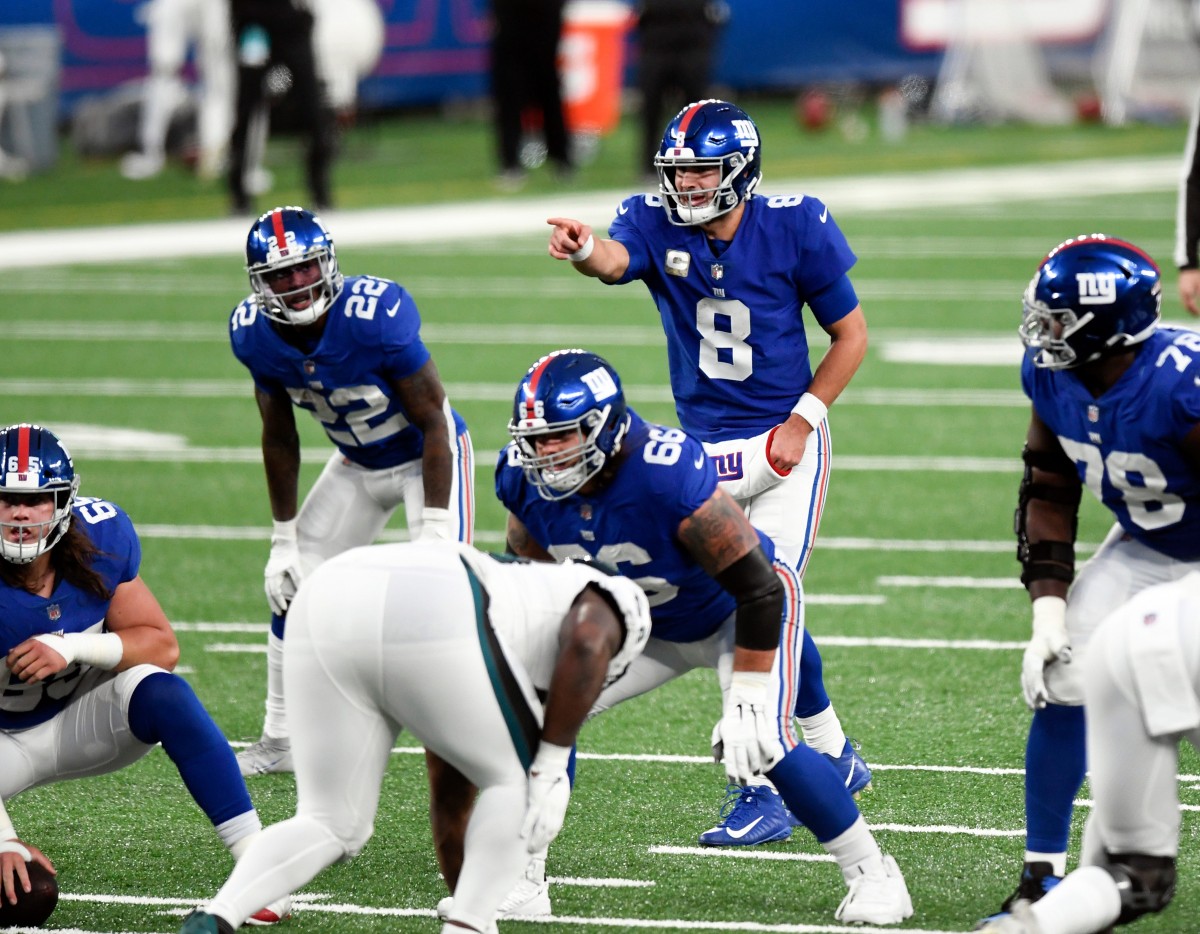The Dolphins look to be rewarded for spending a fifth-overall draft pick on Tua Tagovailoa, who was on the mend from dislocating his hip and fracturing the posterior wall in college. It was a serious injury and commonly happens in car wrecks when a knee slams into the dashboard and drives the femur into the hip socket. That is the same injury that ended Bo Jackson’s career about 30 years ago. Fortunately, prognosis and treatment have vastly improved in the successive decades.
Tagovailoa also broke a finger, sprained his ankle a few times and tweaked his knee at Alabama as well. He’s been tagged as injury prone and only played in one glorious full season in 2018 when he passed for 3,966 yards and 43 touchdowns.
Despite a shorter build at 6-0, 217 pounds, Tagovailoa is not much a runner though he can add with his legs when he has no other choice. Even in college, he never rushed for more than 190 yards in a season.

He became the starter in Week 9 and missed Week 12 with a thumb injury. It was initially feared to cost him several weeks but he returned in Week 13 to post a solid effort against the Bengals. Optimism is high that Tagovailoa can take the offense to the next level starting this year. They even let safety net Ryan Fitzpatrick leave with only Jacoby Brissett to fall back on if needed.
The Offense
The Dolphins split the season between Ryan Fitzpatrick and Tua Tagovailoa. They ended with a pedestrian No. 22 in passing yardage (3,905) and No. 23 in passing touchdowns (24). A lackluster set of receivers were more the problem ending only No. 30 in wideout yardage (2,018) and No. 26 in wideout touchdowns (11). That’s set to change dramatically this year.
None of the Miami starting wideouts played in more than 14 games, and the unit was led by DeVante Parker, Preston Williams, and Jakeem Grant. Only Parker ended with more than 375 yards but his stat line of 63-793-4 slipped back into more familiar (and mediocre) territory after his surprising 2019 campaign. Even the veteran Fitzgerald was unable to produce much with the motley crew, so Tagovailoa did well enough to roughly match what Fitzmagic had done.
Parker remains the starting split end, but Will Fuller comes over from Houston to man the flanker role. The speedy Fuller enters his sixth NFL season still searching for a full 16 game stretch of health. He has ten 100-yard performances in the past including a career-high 217 yards in 2019. Then again, he was catching passes from Deshaun Watson.
The Dolphins spent their 1.06 to make Jaylen Waddle become the second wideout drafted in 2021. That’s commitment to improving the passing weapons for a team that had several other areas that needed restocking.
Waddle was the No. 1 receiver on some NFL team boards. He never topped 848 yards in a season but he was on a ridiculously talented Alabama team for three years. And more importantly, he spent his first two years catching passes from Tagovailoa. He’s expected to spend time as the slot receiver and he offers an estimated 4.3 40-yard speed. It says volumes when he was drafted before his teammate DeVonta Smith who won the Heisman Trophy.
Tagovailoa also returns fourth-year tight end Mike Gesicki who comes off a career-best 53 receptions for 703 yards and six touchdowns. In Week 14 versus the Chiefs, Gesicki caught two touchdowns from Tagovailoa on his five catches for 65 yards.
The Fins ranked Top-5 in completions and yardage throwing to running backs last year but that more reflected a lack of viable downfield targets. That should decline with a sudden wealth of starting receivers.
The Dolphins lured Chan Gailey out of retirement in 2020 to run the offense but he only lasted one year and the Fins are onto yet another change in coaching. Fortunately, that only entailed promoting up both George Godsey as passing game coordinator and Eric Studesville as rushing game coordinator. There are no significant changes expected with the scheme, only the players within it.
Outlook
The Dolphins were below average last year despite owning the No. 3 passing strength of schedule but installing a new offense with marginal receivers and a rookie quarterback wasn’t going to blow up overnight. By a stroke of luck, they again face the No. 3 passing strength of schedule only this time with more experience and far better receivers.
There should be improvement, the only question is how much and how quickly? If it all goes to plan, Tagovailoa will step up and exploit secondaries with his three wideouts. He’ll have the familiar and talented rookie wideout in Waddles that he already knew for two seasons. Parker was unable to match his magic 2019 season in part because he was the only real concern for a secondary.
The rushing offense was below average last year and only managed to be an asset as receivers. There were no real upgrades to the mediocre backfield aside from adding Malcolm Brown, so the need to throw the ball will remain high.
If it goes bad, the offense will struggle again. Tagovailoa would do himself and the Dolphins a major favor by remaining healthy and not carrying his “fragile” tag over from his college days. Will Fuller has always been a weapon but his durability is always in question. And Parker could remain his normal average self with 2019 a magic year, and now he’s just the same old pumpkin.
The lack of running by Tagovailoa hurts his fantasy stock but likely helps keep him healthier. He has the schedule and all the tools that he needs to succeed. He enters the second year of the offense and has spoken to his own expectations of a breakout year.
Now all he has to do is actually go out and do it.











